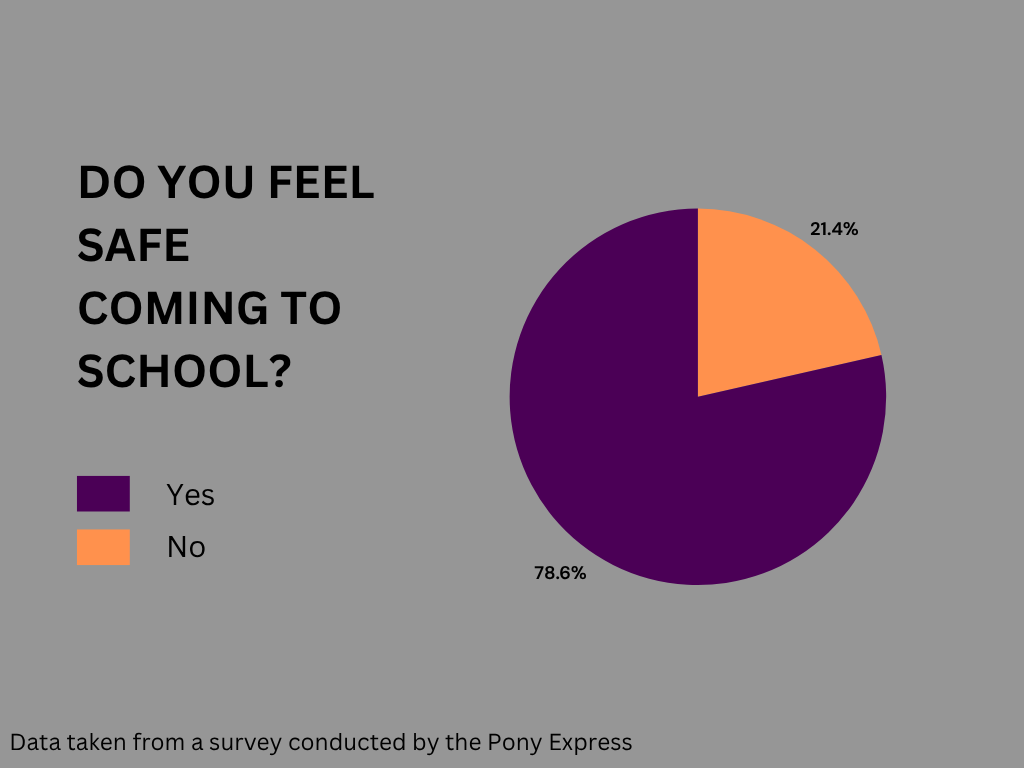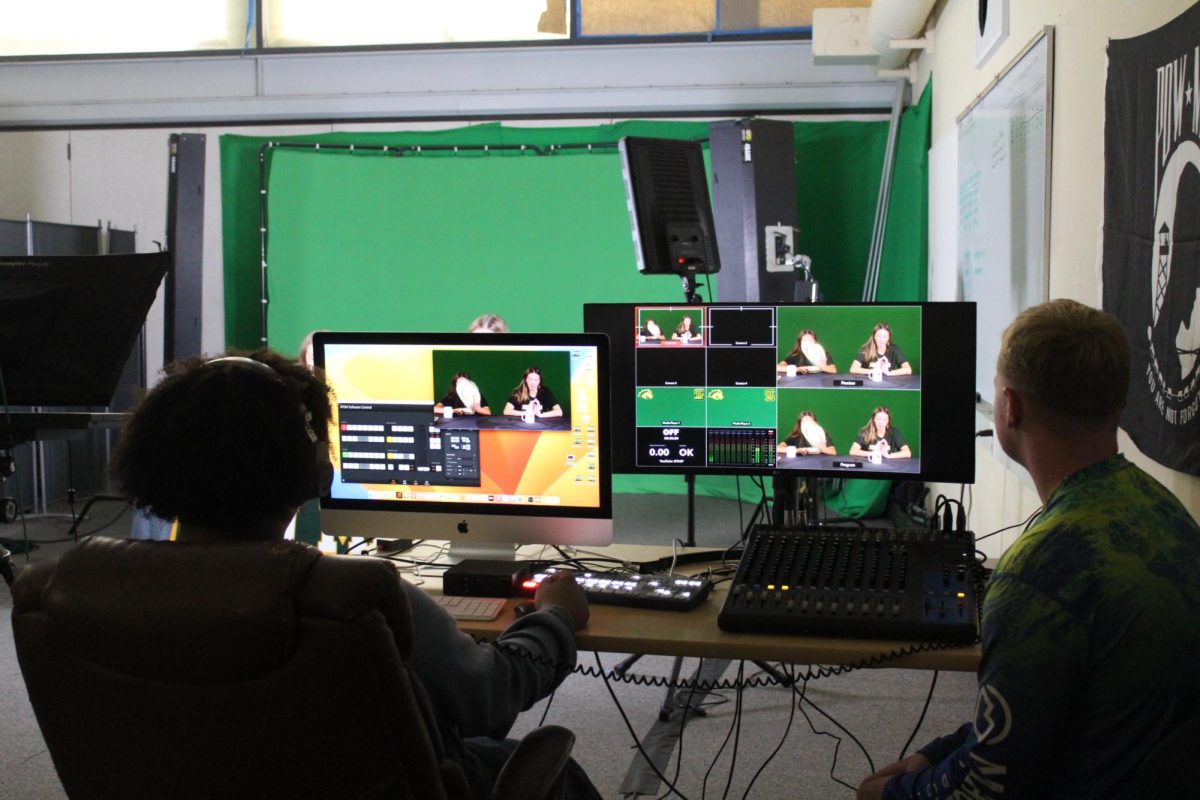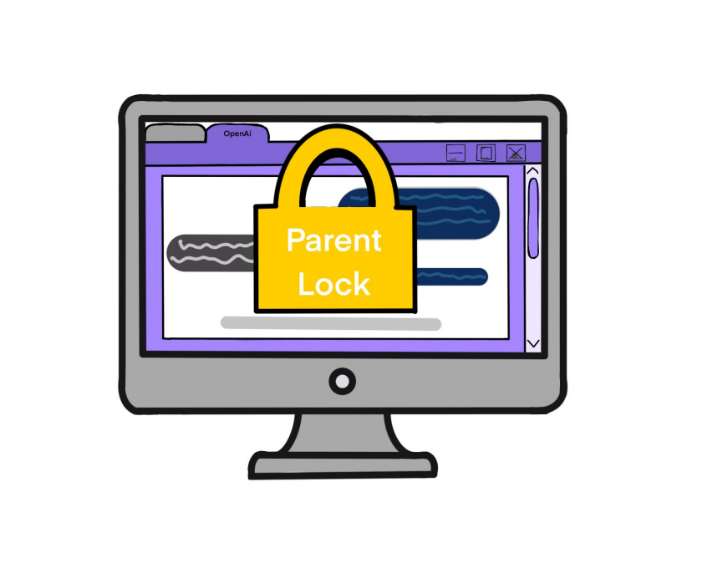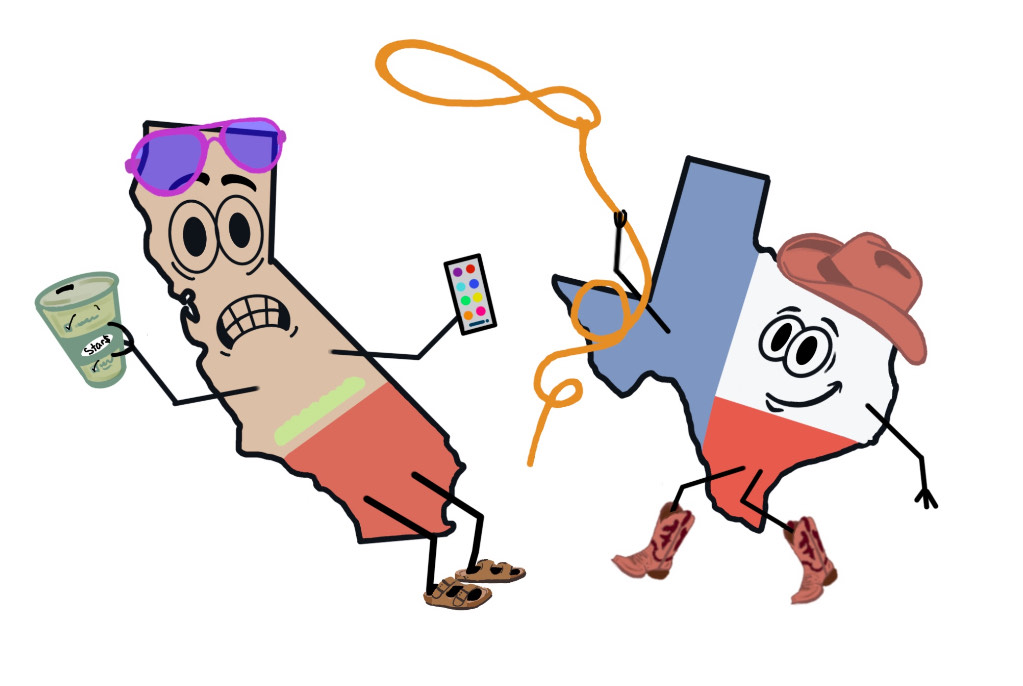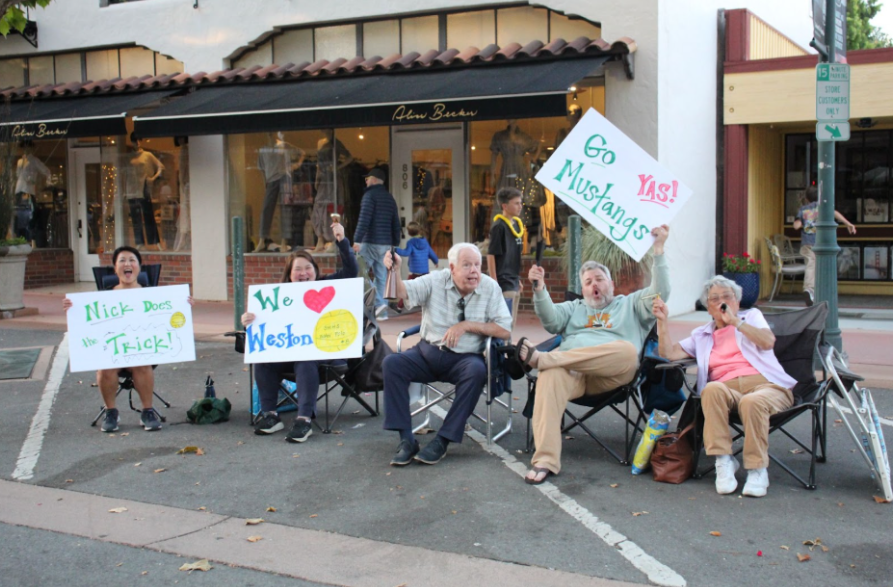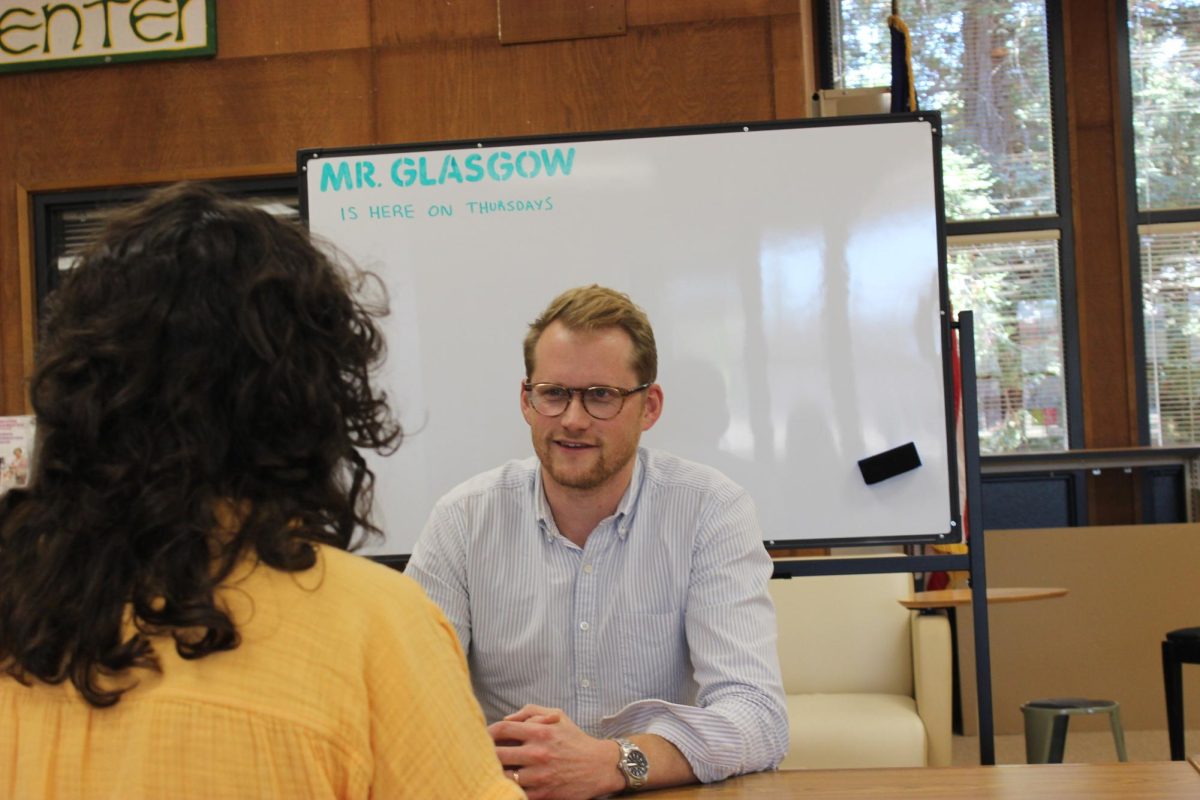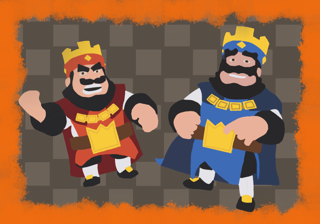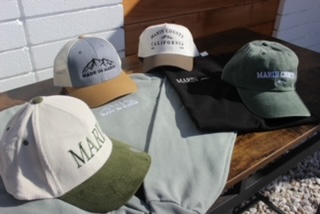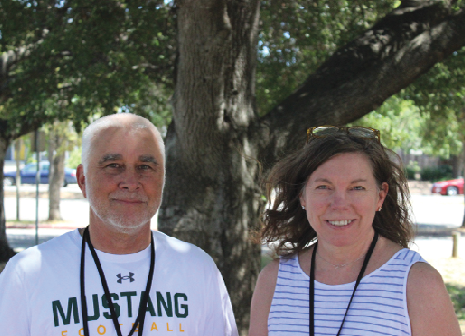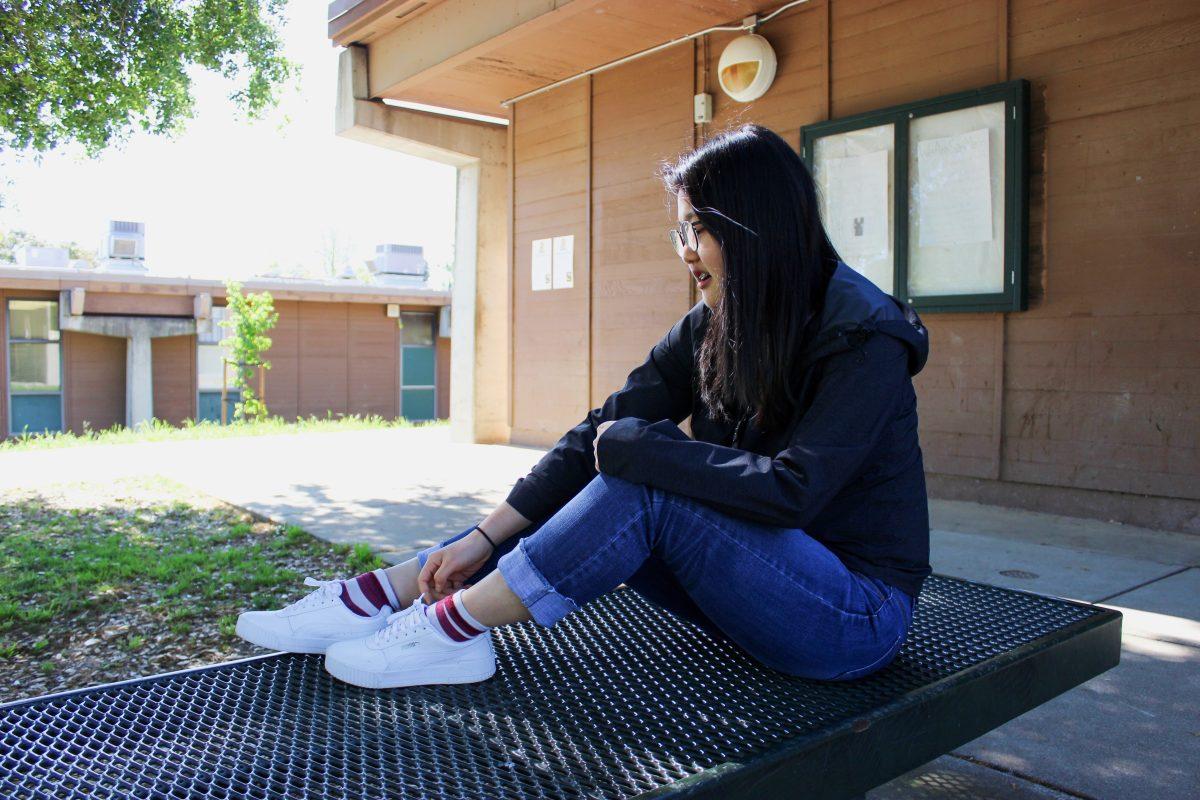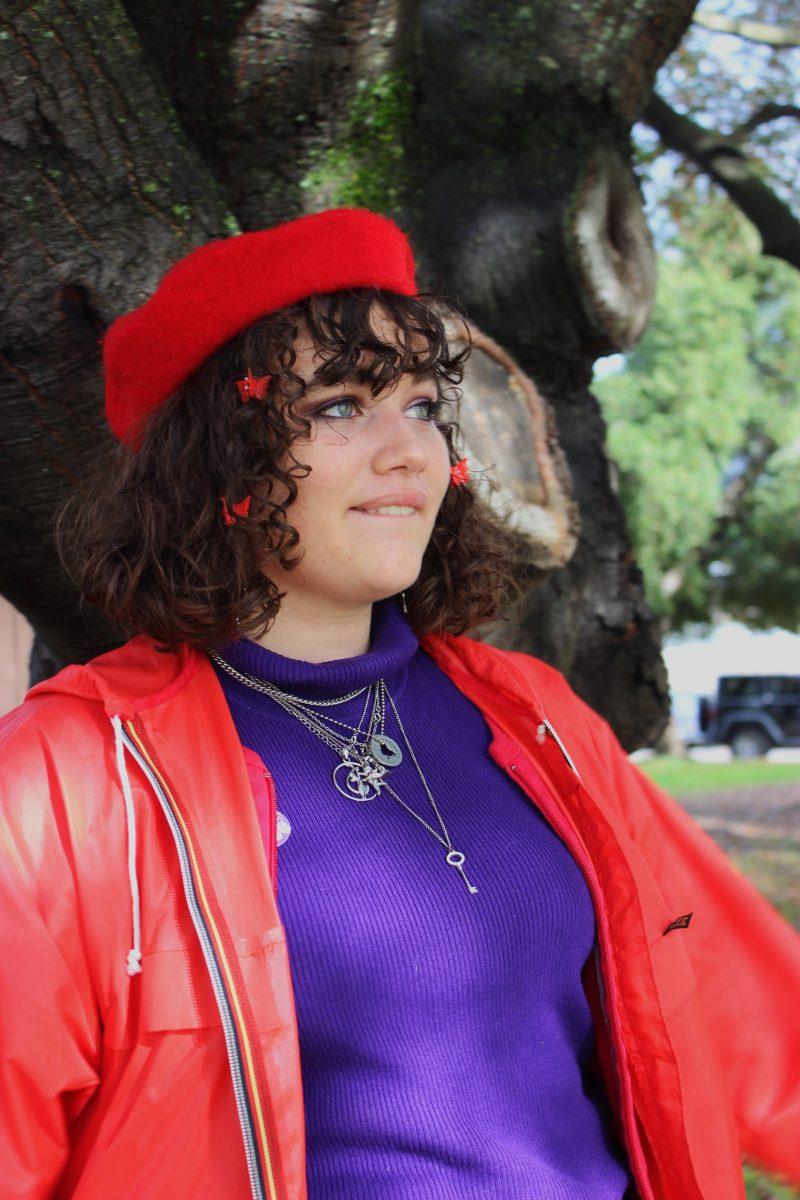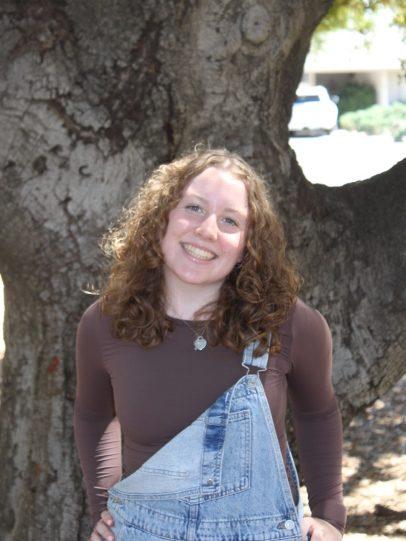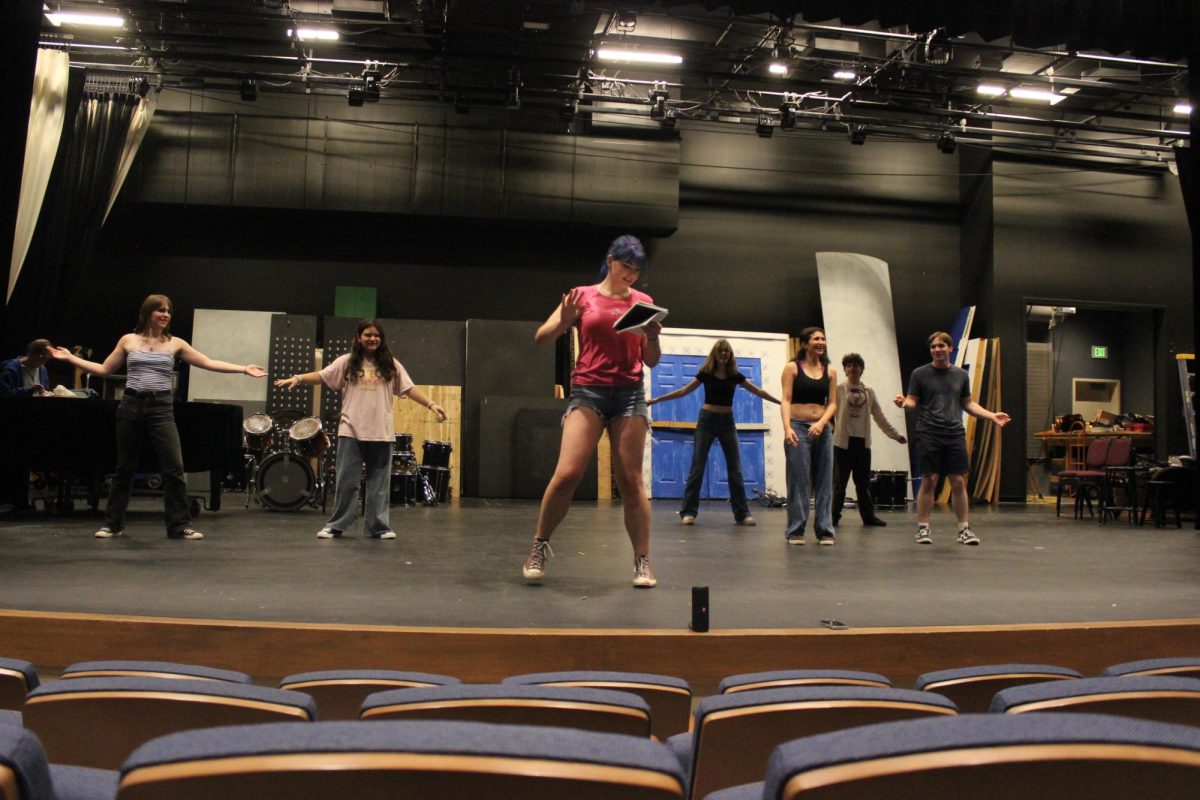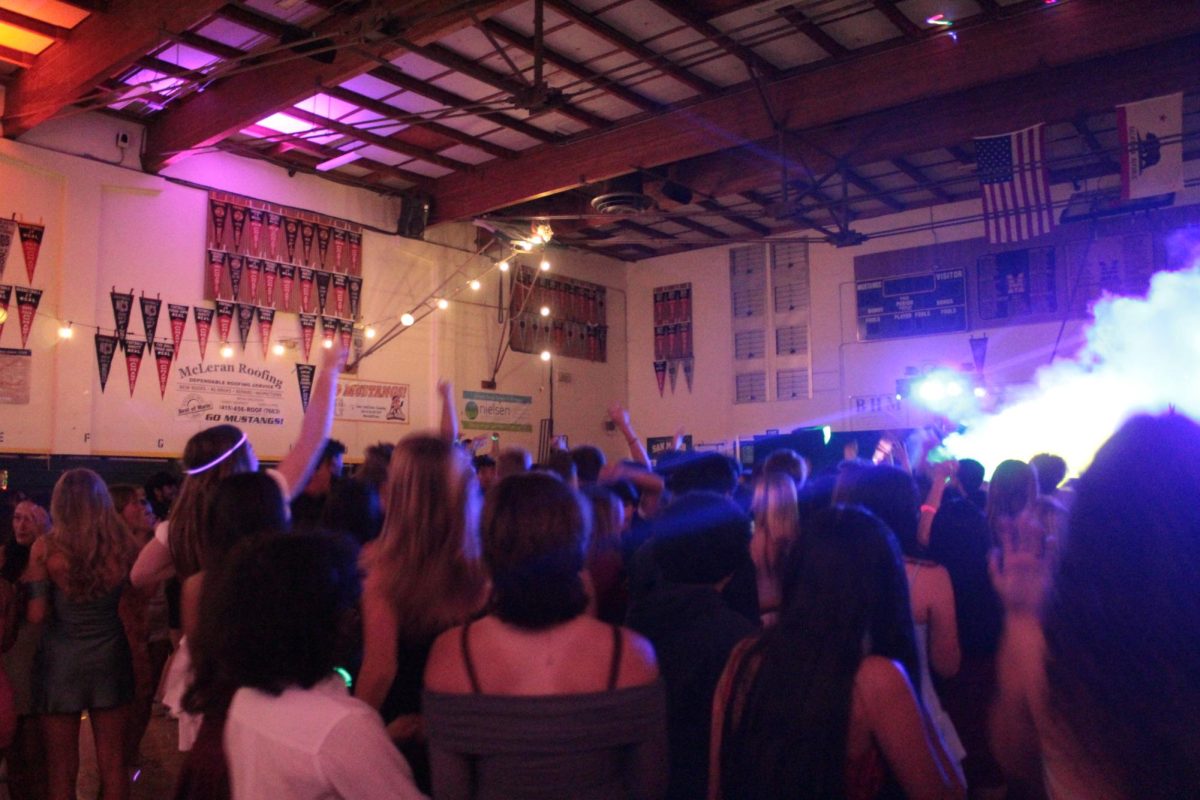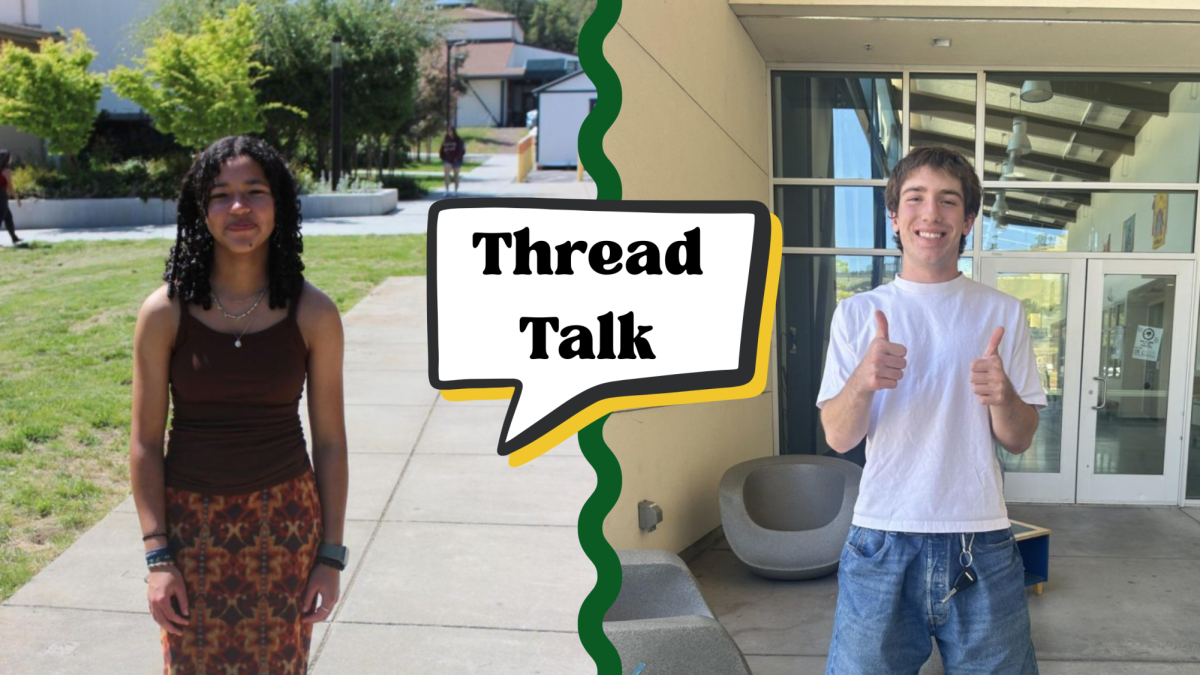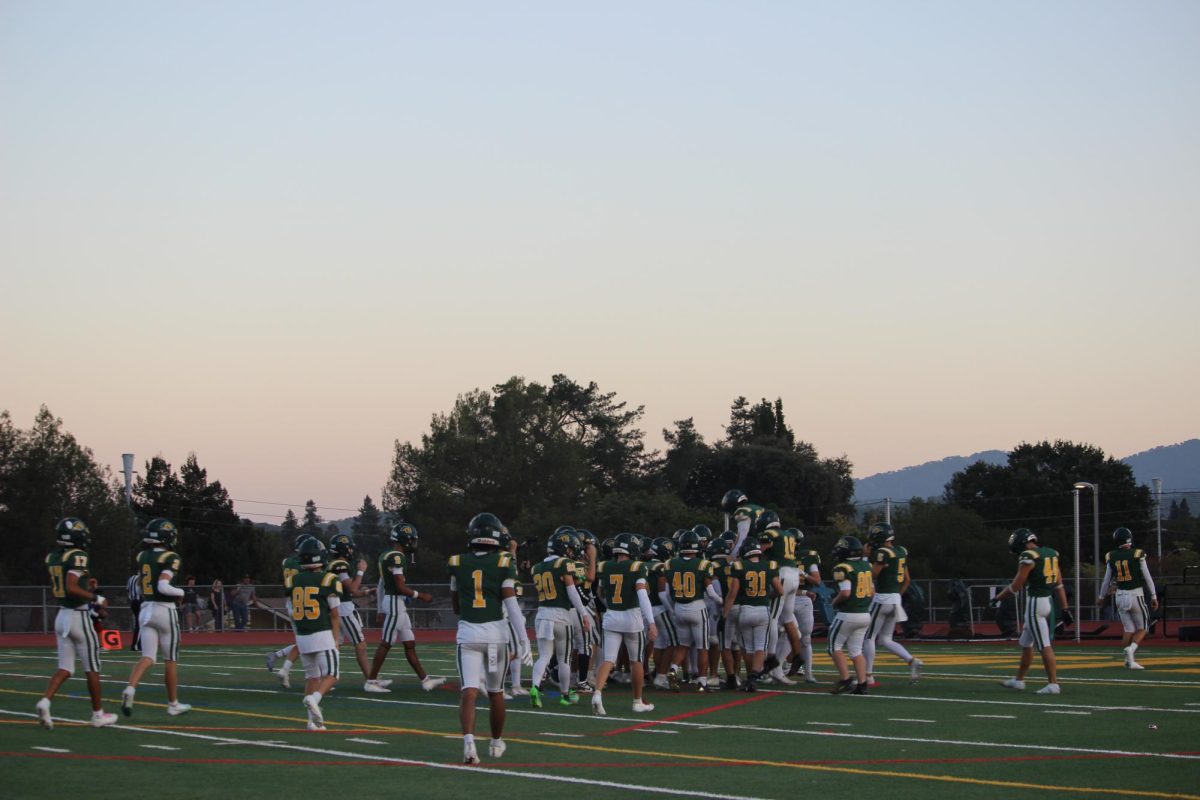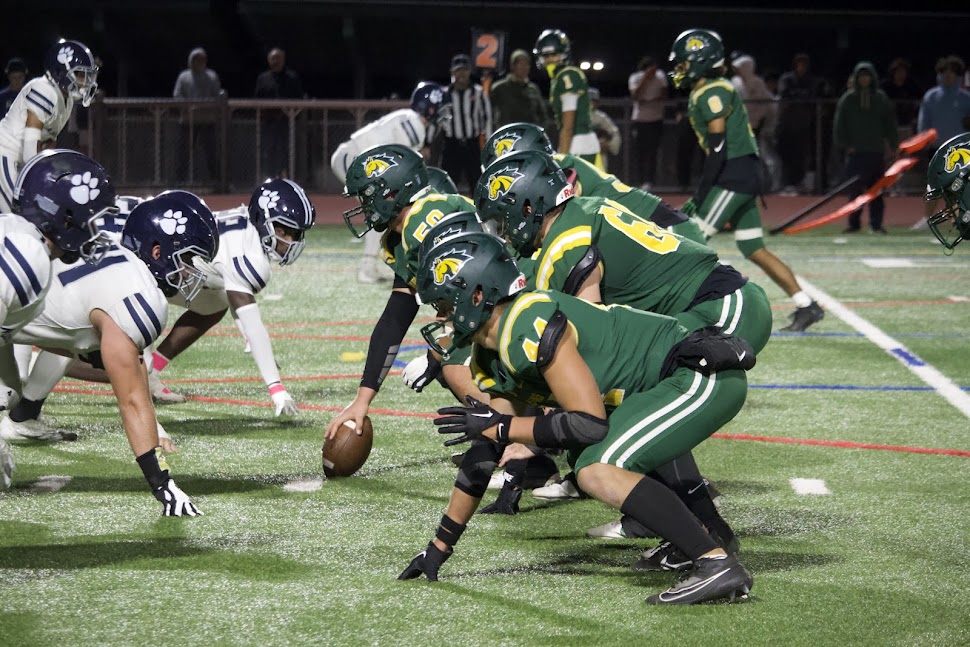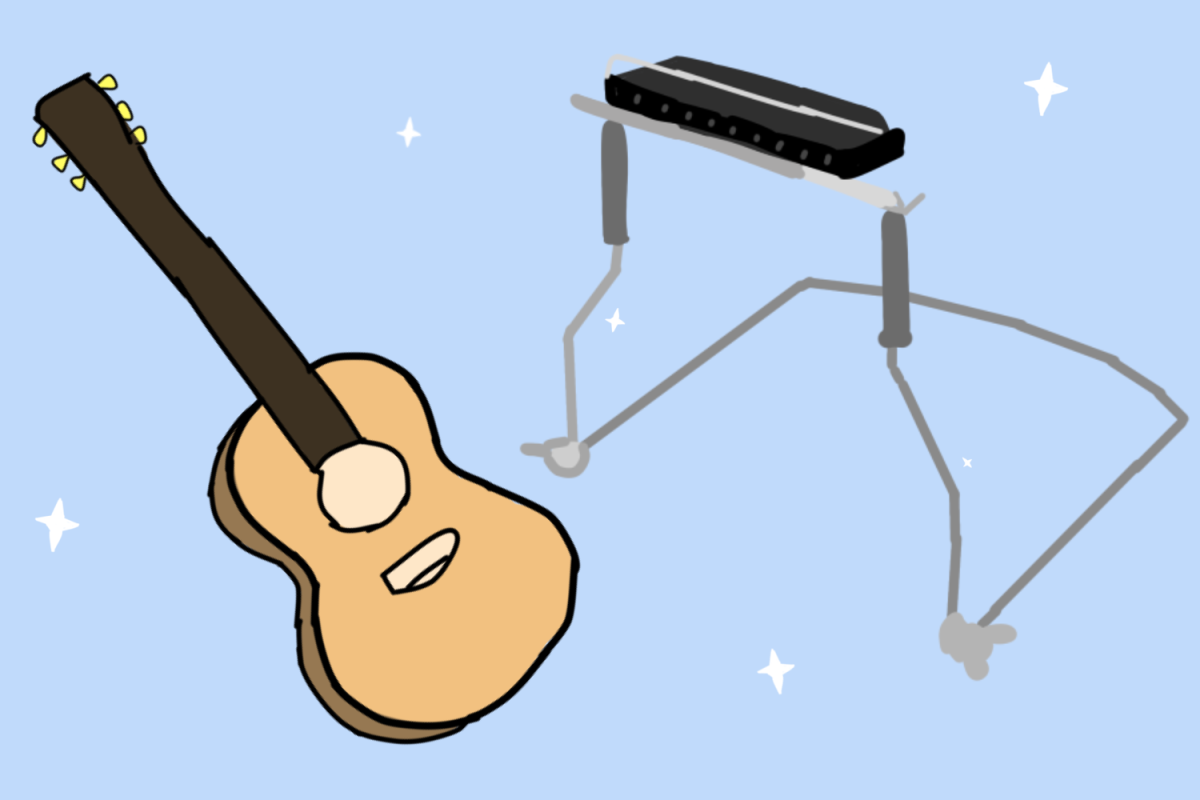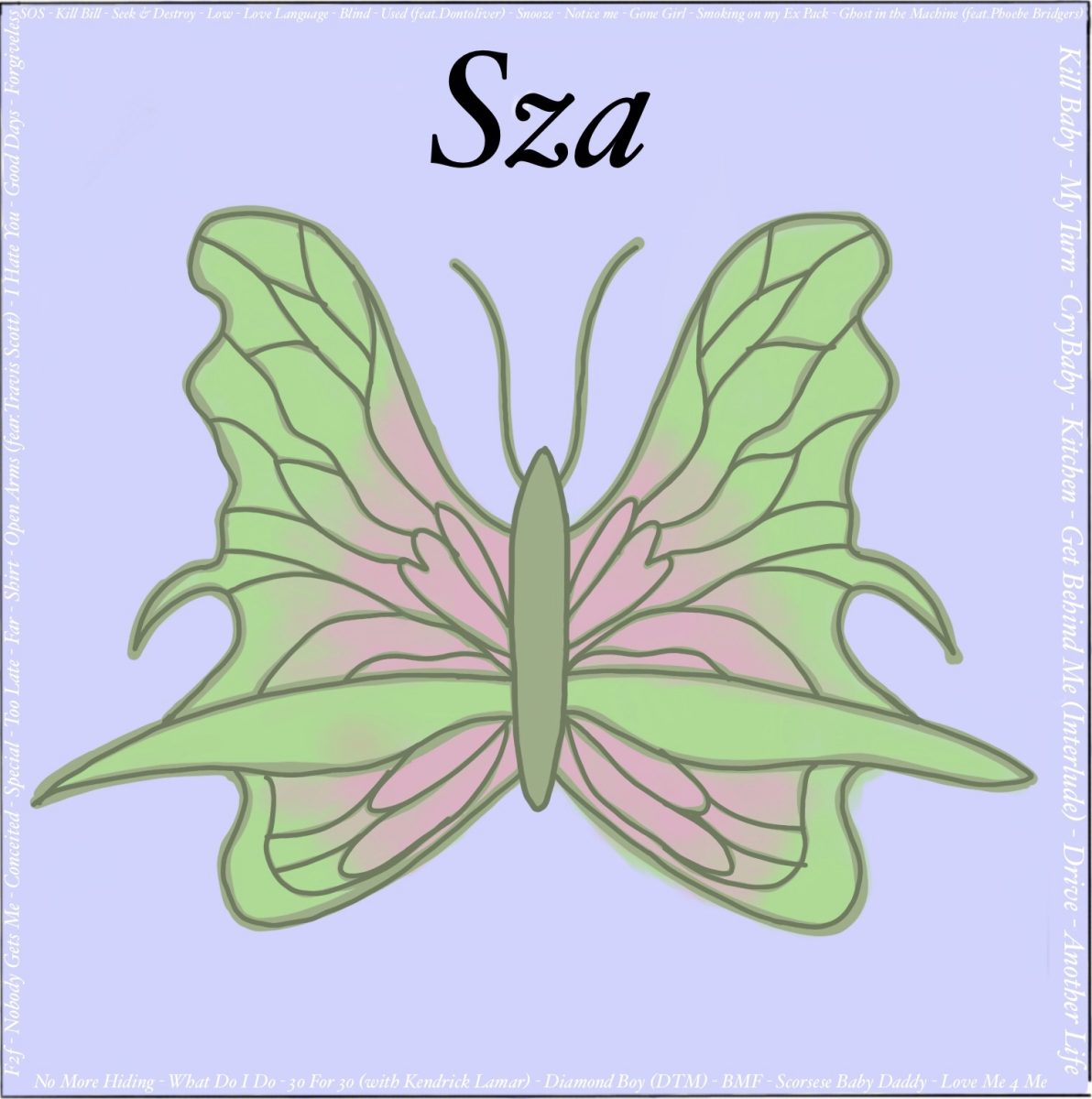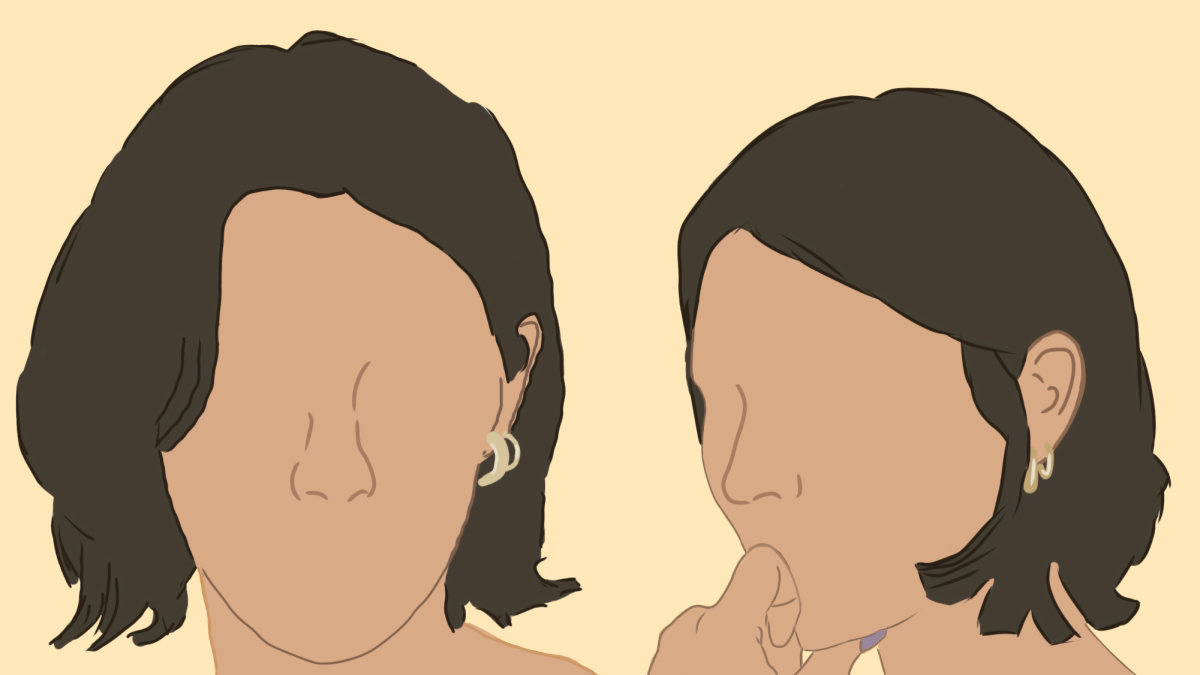By: Amanda Oppegard
With more than 80 billion articles of clothing being produced every year, big name companies including Gap and H&M have been using cheap labor so that their production rate can be faster and cheaper. Companies such as Nike and Forever 21 also exploit child labor and use factories with sweatshop workers, however, Gap and H&M have been singled out for having the most abusive and worst working conditions in the world, according to the Global Labour Justice System. If companies wish to sell their products for cheap prices, they have to pay their workers very little so that they can profit. H&M’s sweatshop workers in Bangladesh get paid $63 per month, while working 16-18 hours per day.
“We need to care about the health and safety of the workers that are making our clothes,” sophomore Mia Davis said. “If they don’t continue making our clothes, then none of us will have any clothes to wear. To make workers conditions better, I would be willing to pay more for my clothing.“
Along with getting paid very little each month, hundreds of workers, specifically women and young girls, are abused each year. Women make up the majority of garment workers and males make up the majority of management controls. This puts girls and women at risk for physical, emotional and sexual abuse.
Many researchers say that one of the most concerning things about this is that over half the people that shop at these stores don’t realize that they are buying clothing from companies that do not treat their garment workers acceptably and use child labor.
Senior Angie Starn, who thrifts in order to reduce clothing waste, said that she wishes more people would seek to understand where their clothes were made and what conditions they were made in.
“People do not take the time to think about what actually goes into making the things they desire,” Starn said. “They are too focused on the need for the item that they lose sight of its origin.”
Although these stores are an affordable option for some, hand-me downs, ethically made clothing companies such as “American Giant”, and investing in more expensive but sustainable pieces, are ethical ways to not support cheap labor.
In 2012, a deadly fire in a garment factory in Bangladesh killed more than 400 of the sweatshop workers. Due to the lack of accessible emergency exits, workers were unable to leave the building before it was completely overtaken by the fire.
This is just one instance in Bangladesh, but other places such as Tazreen, Tunisia, and Malaysia have had deadly fires that could have been prevented if there had been safer working conditions. These safe mechanisms include having open doors and windows, instead locked-up exits and jammed elevators throughout the factories. H&M and Gap have both been associated with fires in their sweatshop factories, however, in this past year, Gap and H&M have since agreed to improve their working conditions and try to prevent working hazards from happening inside these factories.
Gap has since issued a public statement saying that they are committed to making sure that the people who make their clothes will work in safe conditions and will be treated with respect.
“We can make people aware by demanding sweatshop free products when you purchase things, you can educate others about sweatshops, you can buy union made, and buy local second hand clothing,” Starn said.
